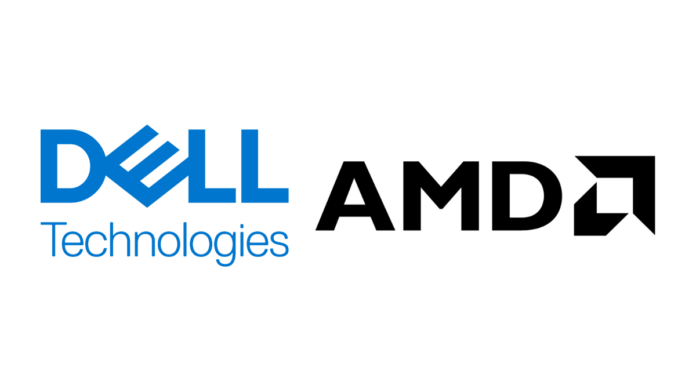The expansion of the AI for Telecom suite to include AMD silicon simplifies adoption and unlocks innovative use cases from core to edge
As 5G networks continue to mature and scale, communications service providers (CSPs) are under pressure to improve performance, reduce downtime, and gain operational efficiency through network automation while also capturing new revenue streams. At the same time, advances in artificial intelligence (AI) are enabling powerful new opportunities for network optimization, predictive analytics, and service assurance.
To help CSPs quickly capitalize on these complementary opportunities, Dell Technologies has expanded its AI for Telecom solution suite with new offerings built on AMD’s EPYC CPUs and Instinct GPUs. The result is a tightly integrated, highly performant platform designed to bring AI to where telecom data lives—in the network itself.
“First you have to start with what’s going on in the broader industry,” Derek Dicker, Corporate Vice President of AMD’s Enterprise and HPC Business Group, explained to RCR Wireless News. As 5G deployments expand, what’s beautiful about the current intersection with artificial intelligence technology is we’re now able to do some really interesting things like network automation, network optimization, there’s fraud and security protection capabilities that are now getting injected into the network. We view it as an incredible time where there’s rich opportunity for innovation with partners like Dell.”
The collaboration between Dell and AMD brings together enterprise-grade AI infrastructure and telecom-grade reliability. AMD silicon, integrated into Dell PowerEdge servers, offers the performance, power efficiency, and predictable evolution that CSPs need to modernize critical network workloads. For instance, the Dell PowerEdge XE7745 server supports up to eight double-width PCIe GPUs, up to 16 single-width GPUs, and 192 AMD EPYC CPU cores, which lets CSPs customize solutions for their specific needs.
“One of the things that we’re particularly proud of is that EPYC is now on its fifth generation of products with deterministic delivery all along each of those generations,” Dicker said. “The capabilities of the product are actually super advanced” in terms of performance and power efficiency. “What we’re finding in the telco world, that’s highly valuable in applications like the packet core and…UPF.”
At Mobile World Congress, Dell and AMD emphasized the goal of making AI easier to adopt and deploy in live telecom environments. “As we all know, the reason why we built this suite was we wanted to make it easy for our customers to consume AI,” Gautum Bhagra, vice president of strategic partnerships for Dell Technologies’ Telecom Systems Business said. “We’re very excited about the launch, very excited about conversations we’ve been having, and excited to see where we take it.”
The AI for Telecom suite is built around three key components: Dell PowerEdge servers powered by AMD EPYC processors, a curated set of validated use cases, and Dell’s services and ecosystem partnerships. The result is a platform that meets CSPs where they are—and helps them take the next step forward.
“It’s all around how do I make my network better, highly reliable and performant,” Bhagra said. “One of the things we keep talking about at Dell is get your AI to the data and not the other way around.” With the right combination of services and technology, “Operators have access to the right hardware and software to help them work on such interesting use cases around network optimization, data analytics, predictive analytics…so exciting times.”
While CSPs are already exploring a range of AI use cases, Dicker emphasized that the real innovation may still be ahead. “As we watch the evolution of artificial intelligence coming into the network, it’s super clear that there’s end use cases that we haven’t even thought of,” he said. “I think the suites of technology that are going to come in the security domain are also particularly exciting. I think the harsh, cold truth is that we don’t know all of what’s coming moving forward, but with great partnerships, constant collaboration, we’ll be able to tackle those and develop solutions for them.”
By combining Dell’s deep telecom expertise with AMD’s cutting-edge silicon, the companies are offering CSPs more than just performance—they’re offering a path to long-term innovation and operational simplicity.

